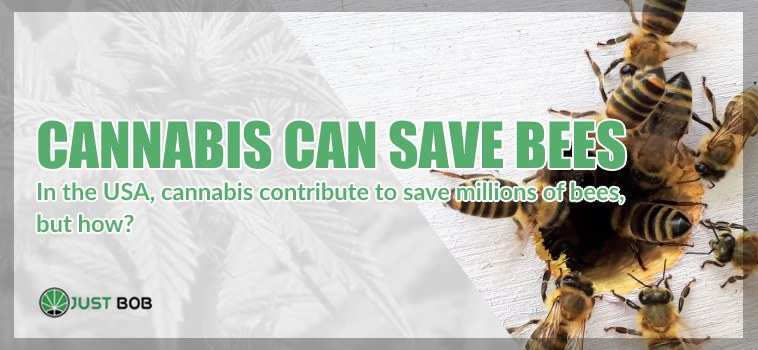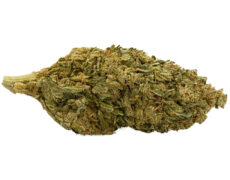Modified on: 19/04/2024
IN THE USA, CANNABIS CONTRIBUTE TO SAVE MILLIONS OF BEES, BUT HOW?
The production of cannabis at the industrial level (European CBD cannabis) could be beneficial in saving bees. These small living things are fundamental to the life of our planet, as they play an essential role in maintaining biodiversity. And therefore for the preservation of people, animals and plants.
But very often we forget that a considerable number of bees are disappearing in many parts of the world because of pesticides used in intensive agriculture. Man’s selfishness is therefore also palpable on this front as well. Especially in rich countries, it is thought that it produces too much food that is needed rather than protecting a species essential to the survival of the Earth itself.
-
 SMALL & BIG
SMALL & BIGBUBBLEGUM
Starting from: 1,25CHF/gIndoor | CBD – CBDA <22%
Grams3 5 10 20 50 100 -


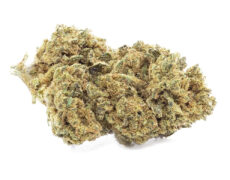
DO SI DOS
Starting from: 2,00CHF/gIndoor | CBD – CBDA < 19%
Grams3 5 10 20 50 100 -


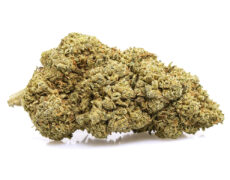
ROYAL GG#4
Starting from: 2,30CHF/gIndoor | CBD – CBDA < 40%
Grams3 5 10 20 50 100 -


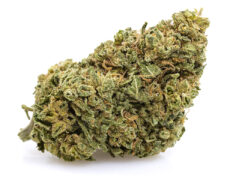
GORILLA GLUE
Starting from: 2,90CHF/gIndoor | CBD – CBDA < 20%
Grams3 5 10 20 50 100
However, an experiment in the United States has shown that cannabis crops attract bees; CBD flowers provide them with an excellent source of pollen… Most importantly, they do not cause the death of these insects, as the cultivation of hemp plants is carried out without the use of pesticides and other chemical compounds.
The study on cannabis and bees conducted in the United States.
Published in Volume 122 of the journal Biomass and Bioenergy, the study of the benefits of growing cannabis on bees was conducted in northern Colorado, where hemp blooms between late July and late September.
At this time, areas north of Colorado were significantly limited in breeding plants suitable for pollination. The CBD flower produce large amounts of pollen when they grow on anemophilous plants, which are plants pollinated by the action of the wind.
So let’s join these two factors:
- Marijuana flowers produce large amounts of pollen.
- In northern Colorado, cannabis plants thrive at a time when pollinated plants are scarce.
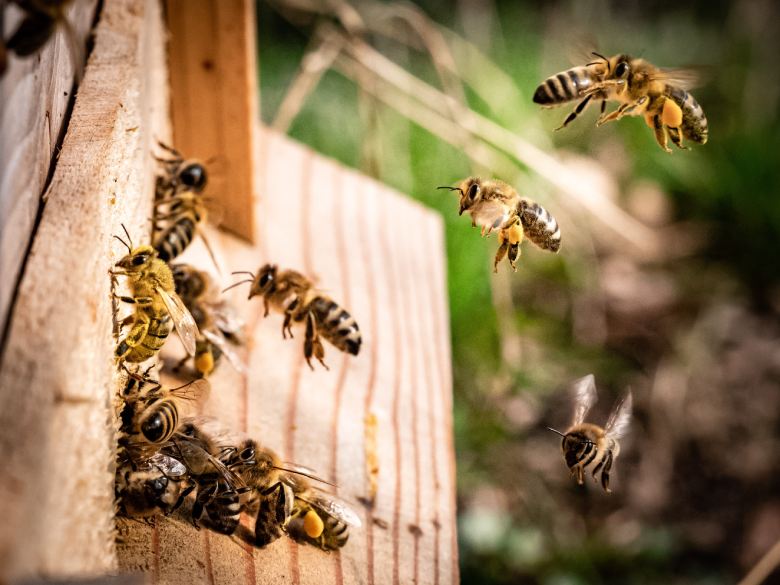

The diversity and abundance of bees on industrial hemp flowers, led by two researchers from colorado State University’s Department of Soil and Cultural Sciences, is based on these facts.
Hemp flowers could help bees survive in places, and during periods when pollen is scarce. Not only that, but we see that the significant increase in CBD Buds cultivation worldwide could eliminate the suffering of bees, one of the most critical problems on our planet.
According to the study, researchers placed ten traps in industrial cannabis fields in northern Colorado and caught bees during the maximum flowering period of the plants.
What are the results of the study on the abundance and variety of bees in cannabis flowering plants?
During the study, 23 different species were detected in more than 2,000 bees captured over five days. The most abundant species were mainly the European bee (Apis Mellifera), which is present at 38% of the total number of bees.
The European bee is followed by the Bimaculata Melissodes (25%) Peponapis (16%).
As you can see, these three species account for 79% of the total bees caught.
Although cannabis flowers do not have nectar, they have a lot of pollen to feed, of course, many bees. If in five days, with only ten traps, 2,000 bees were caught, imagine how many bees were at work on the entire cultivated surface.
This finding can be compared with other research analyzing the diversity and abundance of bees in other crops (such as rapeseed crops). These crops attracted fewer bees and a smaller variety of these insects.
Read also: Marijuana California Haze: the queen from the hills of the Bay Area.
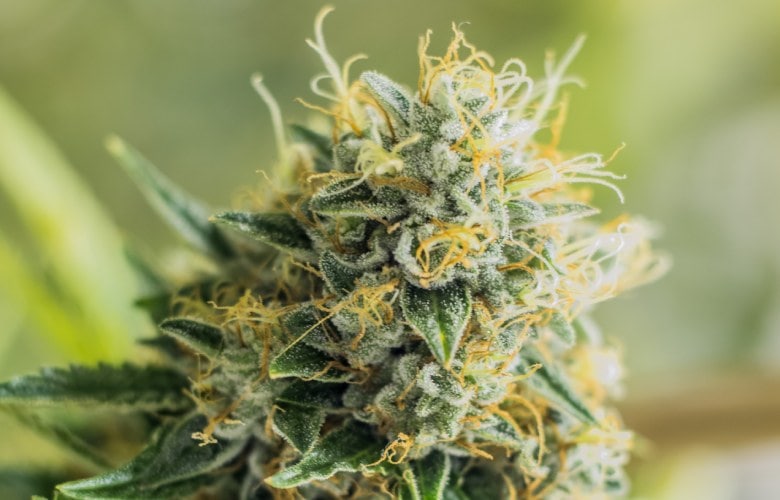

Why is the study of hemp and bees so important?
Hemp flowers could play a vital role in providing bees with other nutritional options beyond those already present, especially in times and areas where pollen and nectar are in short supply.
The Colorado study could be applied to the problem of bee scarcity worldwide, which is forced to deal with many significant stress factors. And one of them is the lack of suitable land (due to the abundance of pesticides, chemical fertilizers and more) in bee habitats.
Finding a pollinating plantation, free of substances harmful to bees, is, therefore, crucial for the survival of these insects and the ecosystems of which they are part. Hemp can, therefore, be a precious and attractive crop for honey bees (i.e. those raised in captivity) and wild bees.
But there is also the ability to have access to a variety of nutrient sources is essential for bees to develop tolerance to pathogens. So that’s one more point for insect survival.
However, to ensure the survival of hemp plants in the event of an increase in crops, it is essential to control insects that are harmful to them, which could intensify in proportion with the extent of the plants of CBD Buds. And the researchers know that. In the findings, they call for the information obtained during the study to be used to develop an integrated pest control plan to protect pollinating insects.
It means that pesticides and other products harmful to bees should not be used to eliminate cannabis pests.
So how do we do that?
There are many insects suitable for the elimination of hemp parasites, used in both CBD and the cultivation of therapeutic marijuana. The introduction of these insects avoids the use of chemicals and does not compromise the lives of bees.

